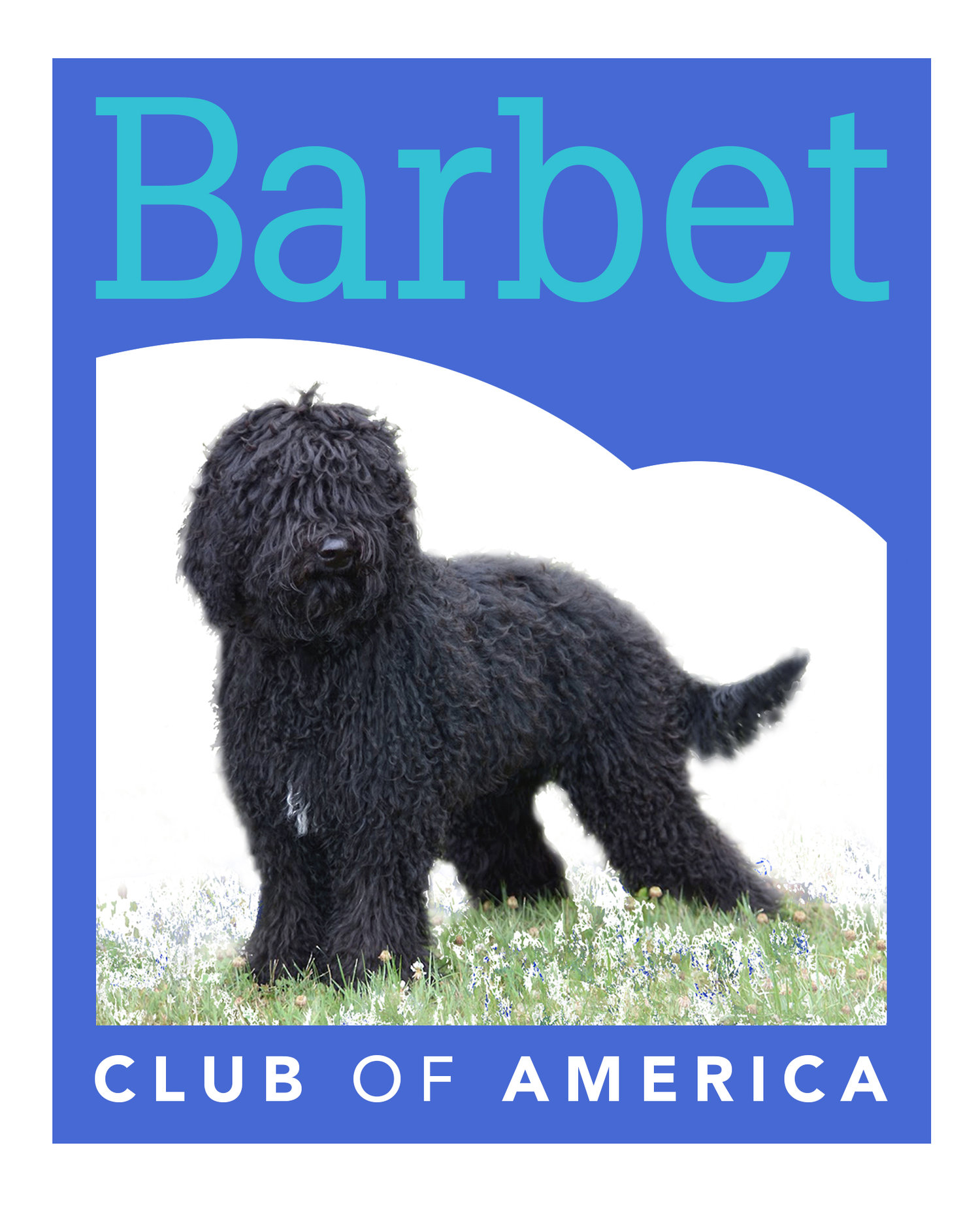Barbet History
From the 16th century to today
The Barbet, commonly referred to as the French Water Dog, is a water-retrieving gun dog whose name comes from the French word for "beard." Originally bred to flush out and retrieve water fowl from the marshes and wetlands of France, the Barbet is mentioned in history as far back as the 16th century. The first standard for the Barbet was created in 1894.
Many references to the Barbet exist in French literature through the ages, as this was once a well-loved and common breed based on its work ethic and affability. Painters throughout history have placed the Barbet in landscape portraits, depicting the breed at work in the fields and marshes of France. The Barbet is said to be in the ancestral lineage of other well-known breeds, including the Bichon, Briard, and Newfoundland.
With its soft mouth, the Barbet has long excelled at retrieving while its long coat protected it from the wet and cold. The work ethic of these dogs in the freshwater marshes and fields of Europe was so well known that it gave rise to the expression "muddy as a barbet". The breed’s obedient nature and desire to be close to its master have endeared it to many throughout history, as even Napoleon is rumored to have owned a Barbet.
The onset of the World Wars in the 20th century caused great damage to the breed population, and it nearly became extinct. Thanks to the efforts of a few people over recent decades, the breed has experienced a rejuvenation and is today showing its versatility as both a beloved family member and working dog.


